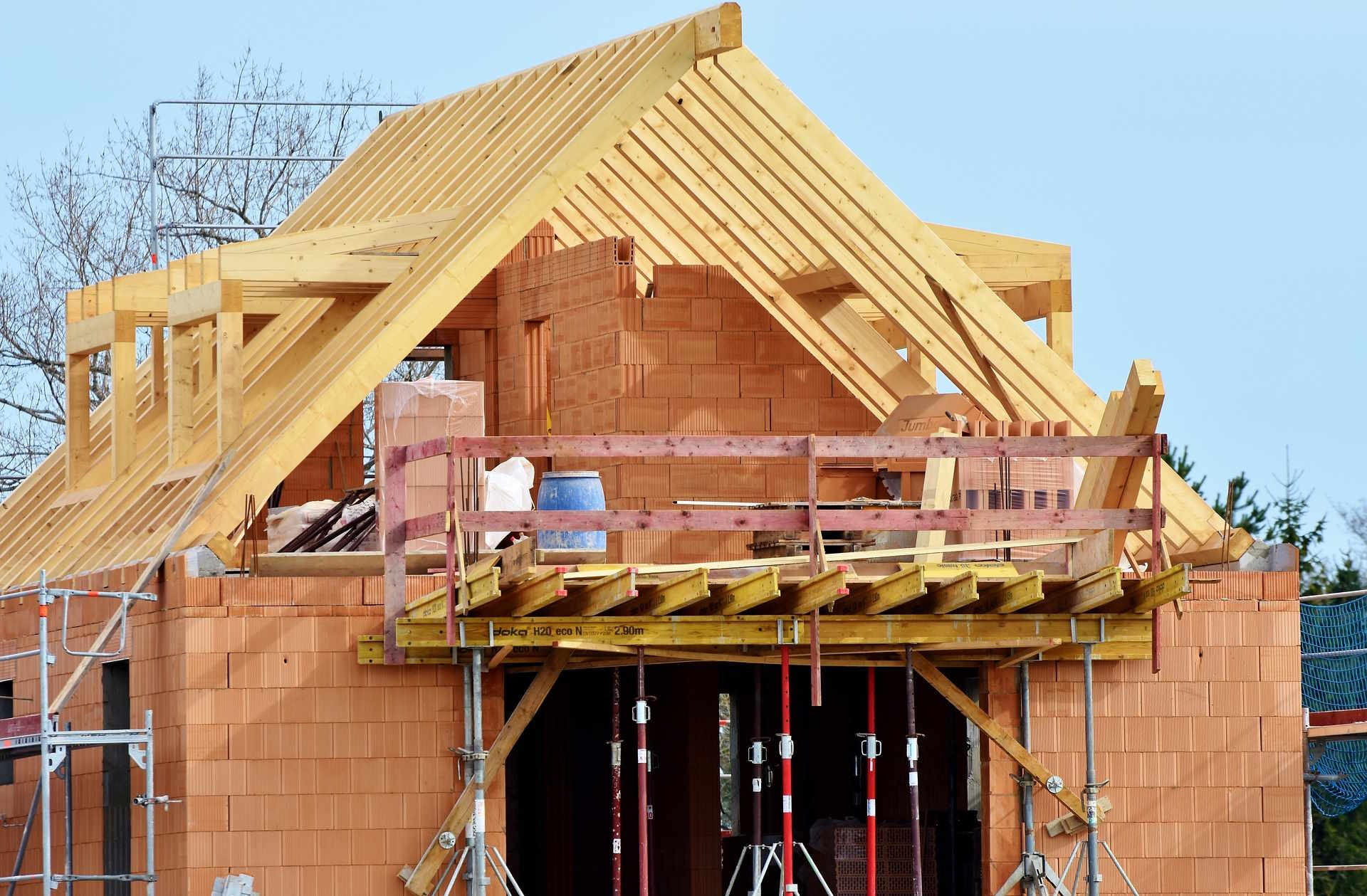Building Materials Used in Modern Construction
Choosing the right building materials affects durability, cost, and environmental impact. Materials such as concrete, wood, and steel each bring distinct properties—strength, flexibility, thermal performance—that suit different parts of a project. Understanding common options helps architects, builders, and property owners match material performance to project goals and to local services and regulations.
What are building materials?
Building materials encompass natural and manufactured substances used to create structures and finishes. Common categories include masonry (brick, stone), aggregates (sand, gravel), binders (cement, lime), metals, timber, glass, and modern composites. Selection depends on structural needs, moisture exposure, fire resistance, sustainability goals, and budget. Performance standards and local building codes also shape which building materials are acceptable for foundations, walls, roofs, and finishes in a given area.
How do building materials shape construction?
Materials influence construction methods, timelines, and labor skills required. Lightweight materials like timber and certain steel framing systems speed up assembly and can reduce foundation loads, while heavy materials such as concrete and masonry provide mass and thermal inertia. The choice of material also affects insulation strategies, moisture control, and required detailing at connections. Contractors and designers coordinate material decisions early to optimize sequencing, logistics, and sourcing from local services to meet schedule and regulatory requirements.
How is concrete used and specified?
Concrete is a composite material made of cement, aggregates, water, and admixtures; it is widely used for foundations, slabs, columns, and precast elements. Concrete is specified by strength (e.g., psi or MPa), slump for workability, and durability requirements for exposure conditions. Mix design and curing practices determine long-term performance. For sustainable projects, options include supplementary cementitious materials (fly ash, slag) and recycled aggregates. Proper formwork, reinforcement placement, and curing are critical for achieving the intended structural and durability properties.
When is wood appropriate for projects?
Wood is valued for its low weight, renewable nature, and thermal performance. It is commonly used in framing, cladding, interior finishes, and engineered elements such as glulam beams and cross-laminated timber (CLT). Wood performs well in residential construction and some commercial applications where spans and loads are compatible. Treatment and detailing are essential to manage moisture, insect risk, and fire performance. Sourcing certified wood and considering lifecycle impacts can support sustainability goals while aligning with local services that provide treated, graded lumber.
What role does steel play in structures?
Steel provides high strength-to-weight ratios and predictable performance under tension and compression, making it suited for long spans, tall buildings, and heavy industrial structures. Structural steelwork is fabricated off-site and assembled quickly, which can reduce on-site labor and schedule uncertainty. Corrosion protection, connection detailing, and fireproofing are important considerations. Steel can be recycled at high rates, contributing to material circularity. Selecting appropriate grades and coatings, and coordinating with fabricators and erectors, ensures the structural system meets design intent.
Conclusion
Understanding building materials—concrete, wood, steel, and others—helps teams balance structural needs, durability, cost, and environmental considerations. Each material brings trade-offs: concrete offers compressive strength and mass, wood provides renewability and ease of use, and steel delivers high strength and long spans. Decisions should consider local services and supply chains, compliance with codes, and lifecycle impacts including maintenance and disposal. Collaboration among designers, builders, suppliers, and local authorities improves outcomes by aligning material properties with site conditions, construction methods, and long-term performance expectations.







